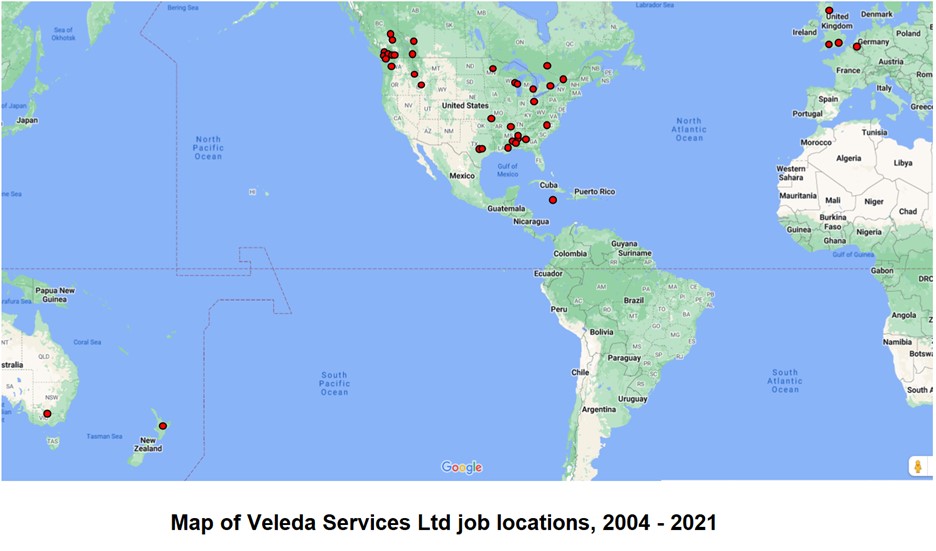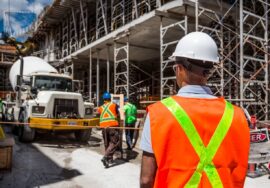I’m sometimes asked if maintenance management processes developed in industrial operations will transfer into an institutional setting, such as a school district, a university or a hospital. The answer is an emphatic “yes”, however, there are a few significant differences.
The first is that maintenance in an institutional setting is much more difficult to measure. The key “lagging” KPI’s in industry, such as maintenance cost per unit of production and equipment reliability, do not apply because no physical product is being produced (see “Measuring maintenance performance – the hazards in KPI’s”).
The second is that there may not be an “Operating” person who is familiar with maintenance needs and who has the responsibility to interface with Maintenance to establish work priorities and to assist with the development of maintenance work schedules.
The third is that there is a greater emphasis on “management standards”, such as the appearance of buildings and assets and on the working environment and less emphasis on equipment reliability (except in areas such as the Utilities department, if one exists. Utilities reliability in a hospital may literally be a matter of life or death).
However, the processes for ensuring that maintenance activities are completed efficiently and at the lowest cost are identical. These processes have an objective of addressing the highest-value work first and getting it done effectively by making sure the right materials, tools, equipment and information get to the right people at right place at the right time. So the best processes for planning and scheduling work and for managing materials and tools transfer directly between industrial and institutional best practices.
One aspect of maintenance in many institutional settings that differs from manufacturing plants is that the distance from the maintenance shops to work sites may make travel time and the availability of transport significant. Where this situation exists, as it also does in some industries, the importance of careful planning and scheduling is much greater. If materials or tools are missing from the work package the delay can be very expensive (see “Two things that affect maintenance”).
Measuring maintenance performance differs between institutions and industry but the basic process to achieve world-class results is the same.
The same logic applies to all manufacturing industries and utilities. Codes and regulations may require that special documentation and procedures are used to ensure compliance, but the work planning and executing steps are still basically the same. Good maintenance practices and experience are very transferable.
To return to the Articles index click here.
© Veleda Services Ltd
Don Armstrong, P.Eng, President
don.armstrong@veleda.ca
250-655-8267 Pacific Time
Canada








